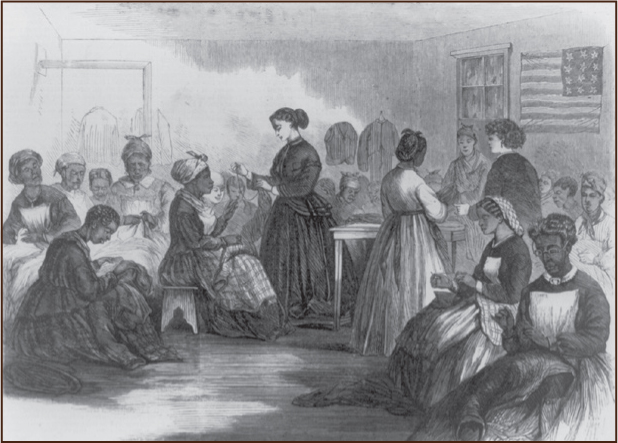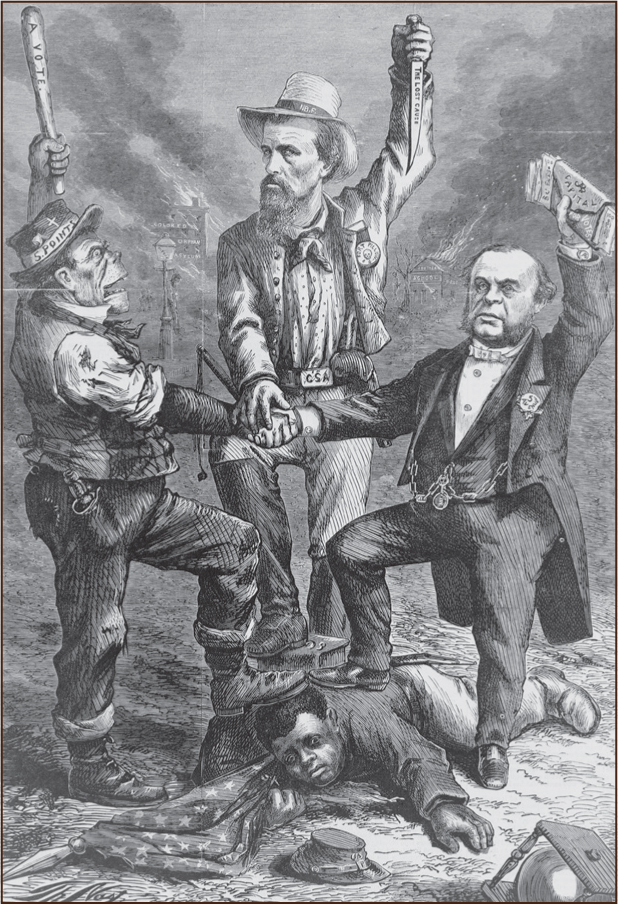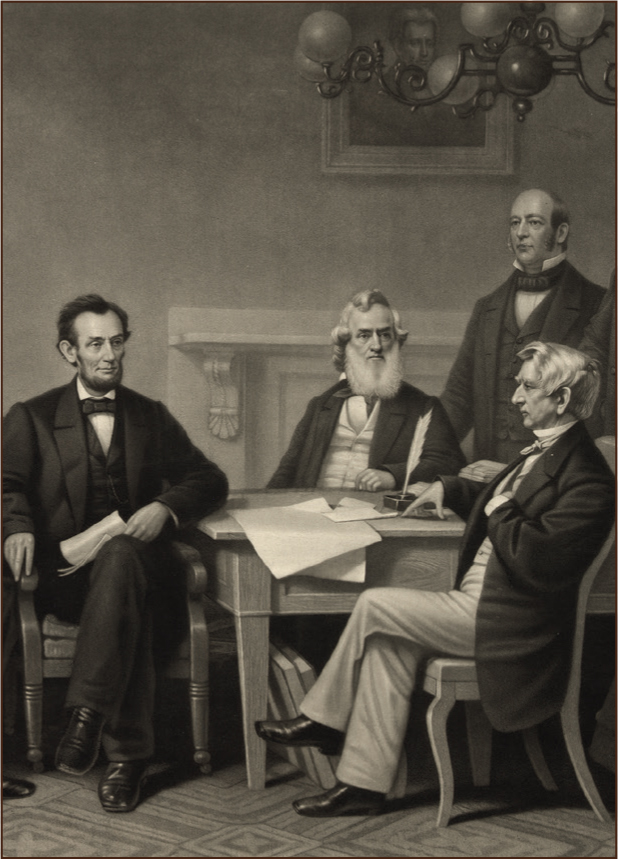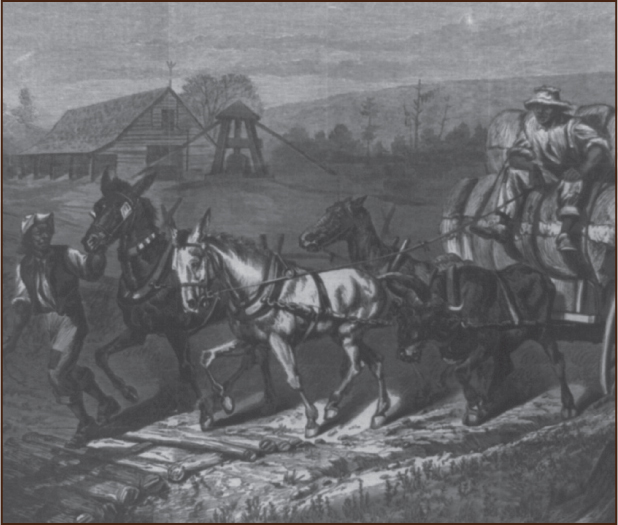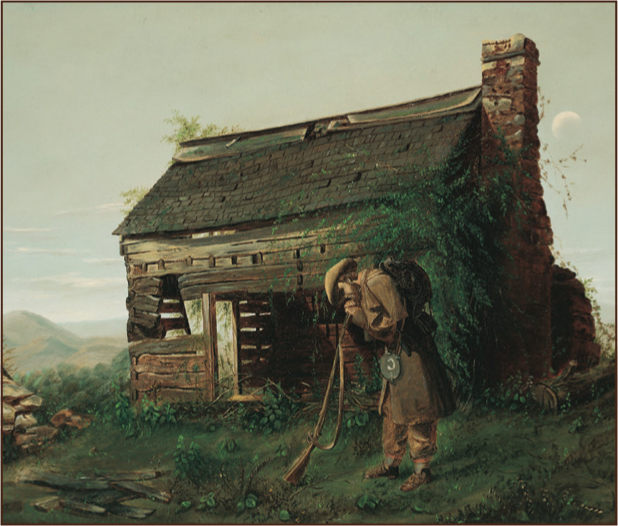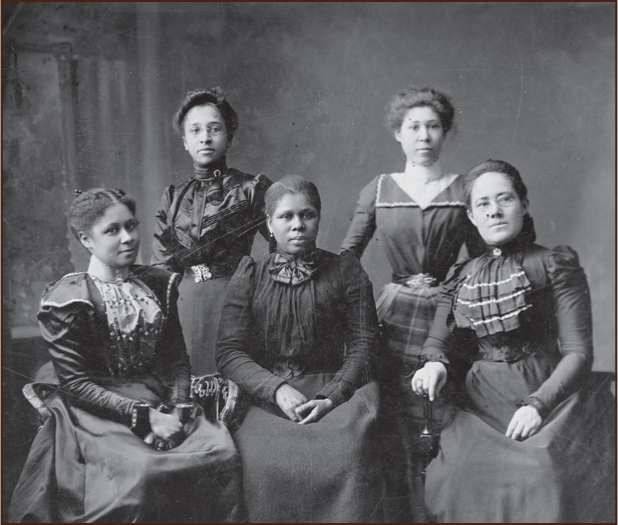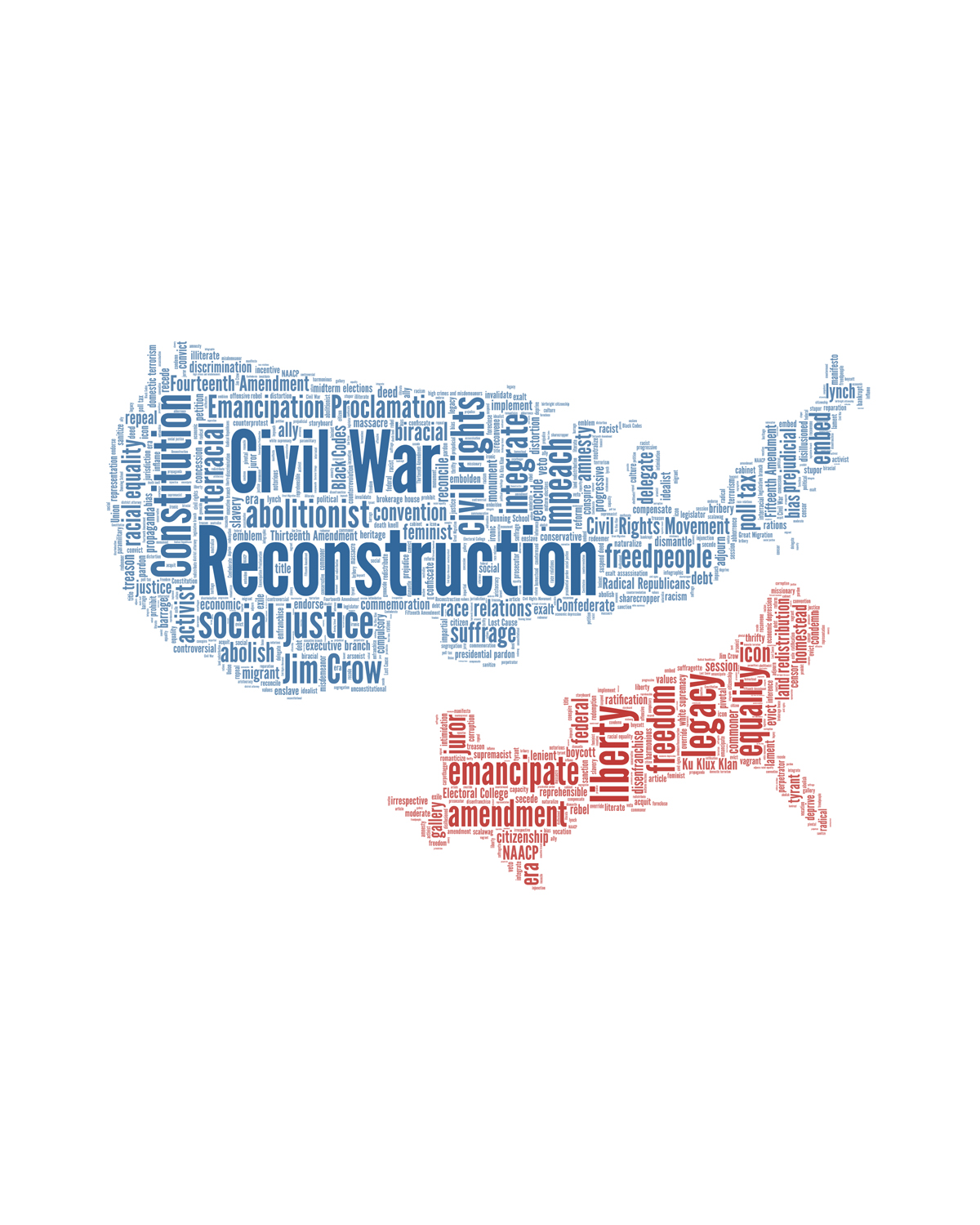Judy Dodge Cummings - Reconstruction: The Rebuilding of the United States After the Civil War
Here you can read online Judy Dodge Cummings - Reconstruction: The Rebuilding of the United States After the Civil War full text of the book (entire story) in english for free. Download pdf and epub, get meaning, cover and reviews about this ebook. year: 2021, publisher: Nomad Press, genre: Politics. Description of the work, (preface) as well as reviews are available. Best literature library LitArk.com created for fans of good reading and offers a wide selection of genres:
Romance novel
Science fiction
Adventure
Detective
Science
History
Home and family
Prose
Art
Politics
Computer
Non-fiction
Religion
Business
Children
Humor
Choose a favorite category and find really read worthwhile books. Enjoy immersion in the world of imagination, feel the emotions of the characters or learn something new for yourself, make an fascinating discovery.
- Book:Reconstruction: The Rebuilding of the United States After the Civil War
- Author:
- Publisher:Nomad Press
- Genre:
- Year:2021
- Rating:4 / 5
- Favourites:Add to favourites
- Your mark:
Reconstruction: The Rebuilding of the United States After the Civil War: summary, description and annotation
We offer to read an annotation, description, summary or preface (depends on what the author of the book "Reconstruction: The Rebuilding of the United States After the Civil War" wrote himself). If you haven't found the necessary information about the book — write in the comments, we will try to find it.
Skipping Stones 2022 Honors Award Winner!
A deep dive into the period after the Civil War, when the country struggled to both heal and find a way forward. An essential read for students ages 12 to 15 in todays cultural climate.
After the Civil War, Americans struggled to repair the divided nation. How does a country rebuild the infrastructure, government, and economy of a huge region while taking steps to resolve the status of 4 million newly freed slaves?
In Reconstruction: The Rebuilding of the United States After the Civil War, middle schoolers examine the era from 1865 to 1877, a time when the United States wrestled with questions that still plague the country today: Who should have access to citizenship and voting rights? How should the power of the federal government be balanced against the rights of the states? What is the proper government response to white supremacy?
Readers use an inquiry-based approach to explore how political, economic, and social problems were handled during Reconstruction. Along the way, they design models for combating similar twenty-first-century problems, using critical and creative thinking skills.
Graphic novel-style illustrations, amazing historical photography, and primary sources bring the past to life and illustrate how Reconstruction affected both blacks and whites.
Title is available in paperback, hardcover, and ebook formats.
Judy Dodge Cummings: author's other books
Who wrote Reconstruction: The Rebuilding of the United States After the Civil War? Find out the surname, the name of the author of the book and a list of all author's works by series.



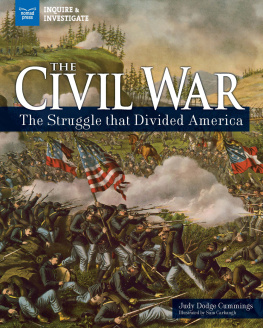

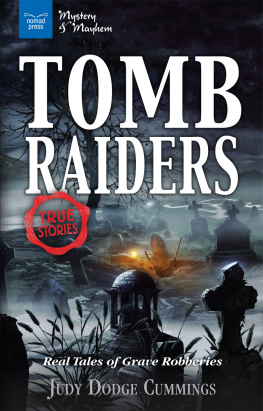
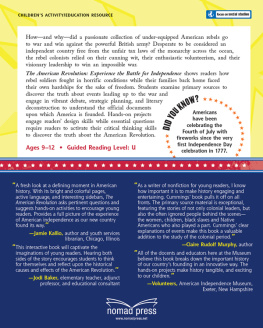
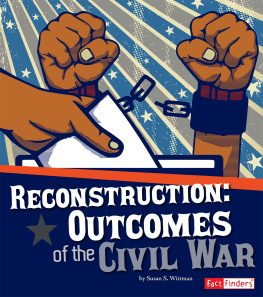

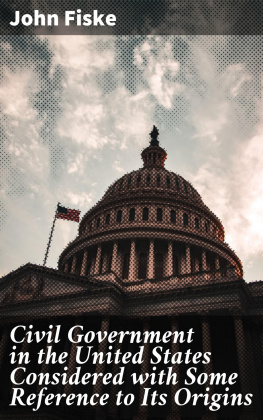

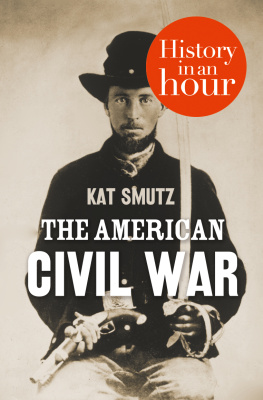
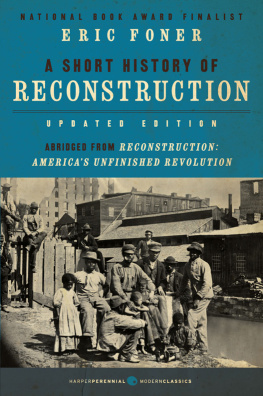
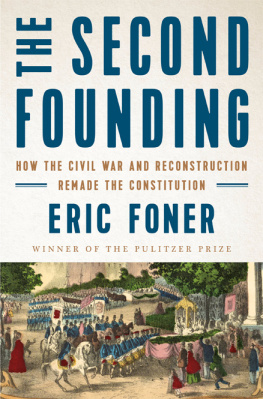



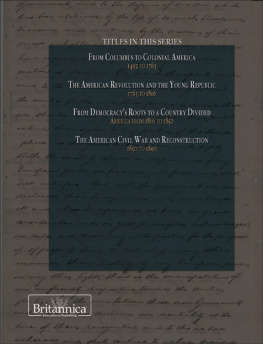
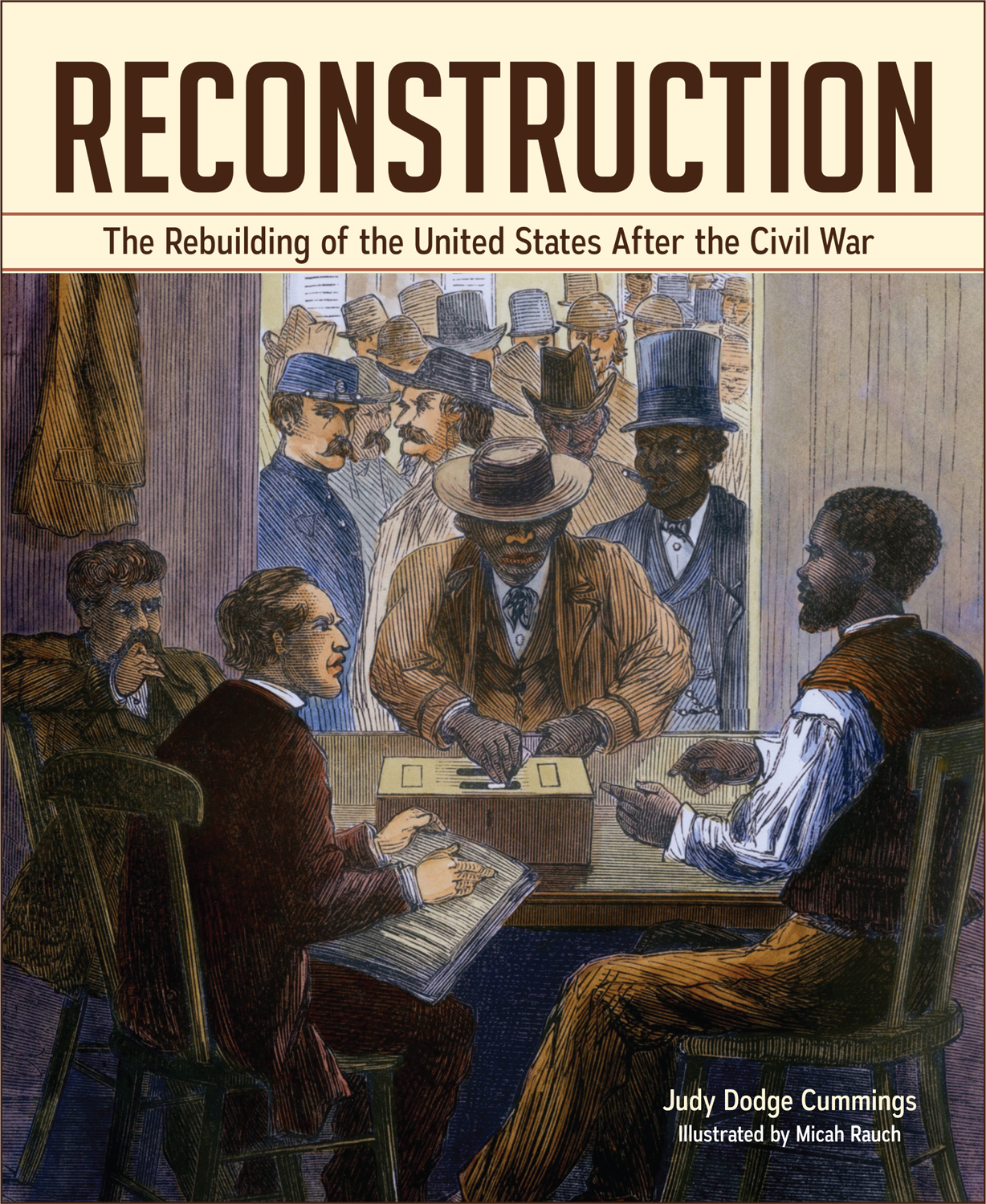
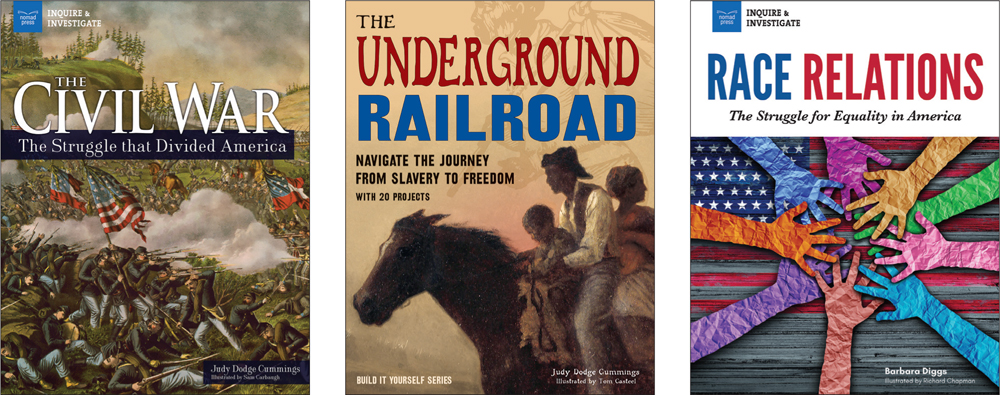
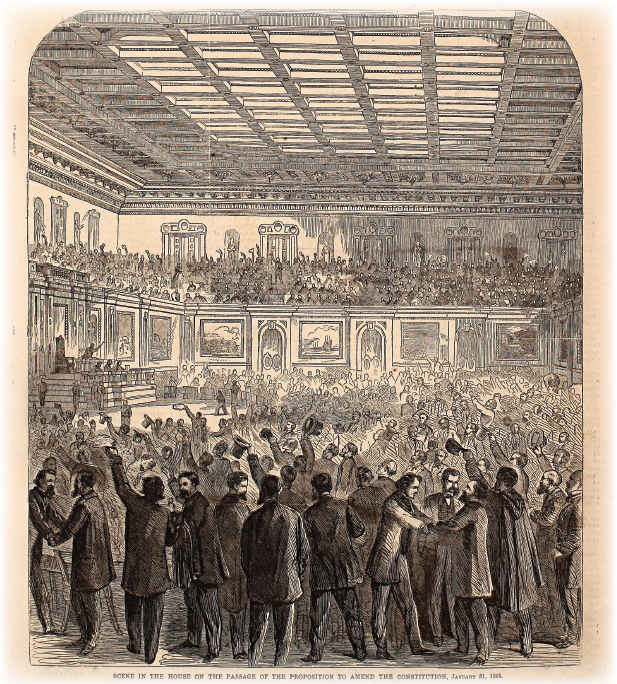
 Interested in primary sources?
Interested in primary sources? Reconstruction
Reconstruction
